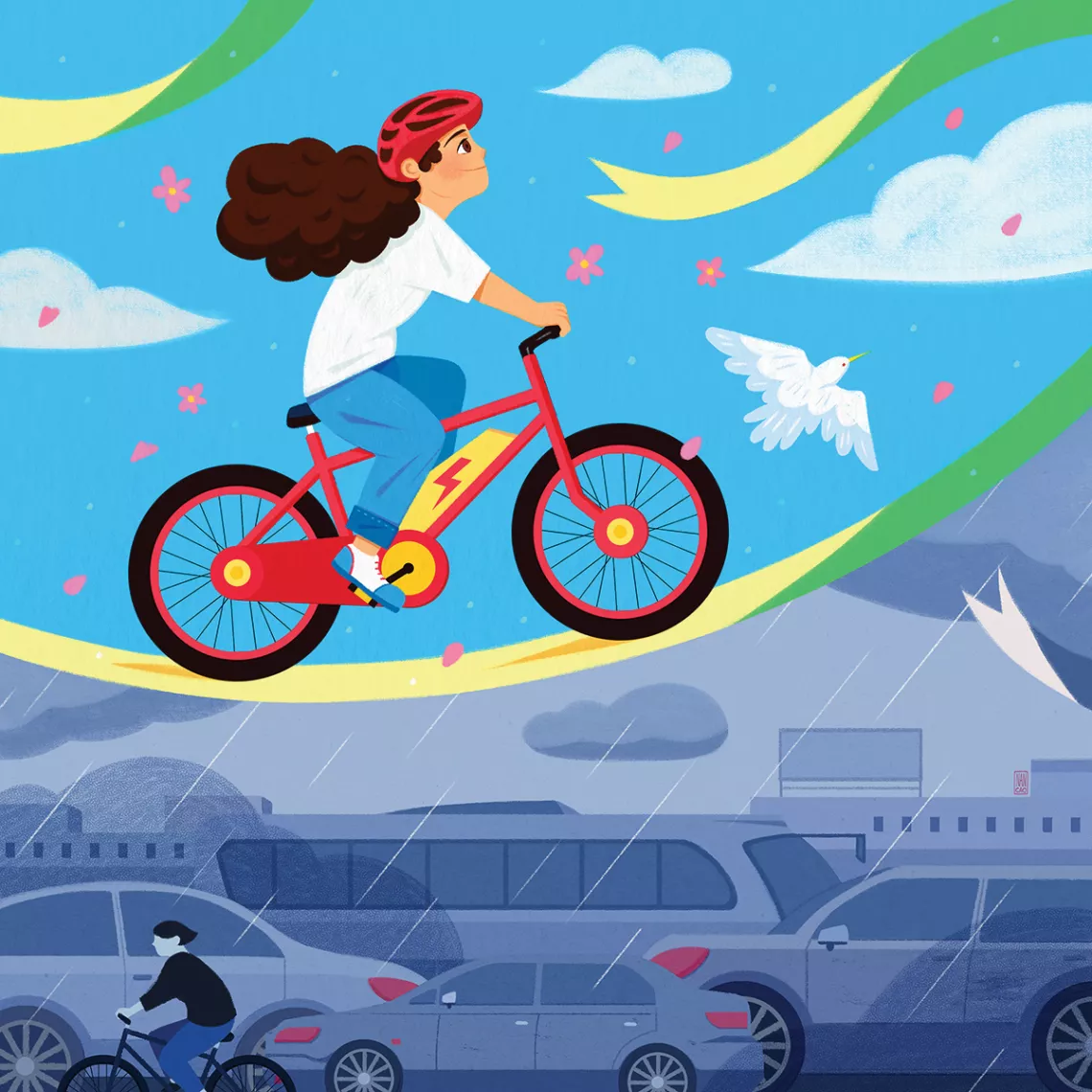
E-bikes, bicycles powered by electric motors, have rapidly risen in popularity. This has challenged the Sierra Club to see how to accommodate this new form of travel and still meet its mission to protect the environment and to help people get out outdoors.
In the past year, Club volunteers and leaders have discussed how to address this challenge. The Recreation Issues Sub Team of the national Wildlands Team led the revision process for the Off-road Use of Bicycles and Off-road Use of Motorized Vehicles policies. In May 2022, the Sierra Club’s Board of Director adopted the new policies recommended by the recreation team.
E-bikes are claimed to “do everything you want but better.” With an electric motorized bicycle one can go faster, farther, and higher. E-bikes now occupy a world with walkers, cars, buses, bicyclists, horses, and wildlife. They may be great for urban transportation, but in wild backcountry places, they can have serious impacts.
The new policy recognizes the benefits of electric motorized bicycles and promotes their use in developed areas. This policy makes clear that for use on trails on public lands, all e-bikes must be considered and managed as motorized vehicles. In wildlands where motorized vehicle use is prohibited, e-bike use should also be prohibited.
Industry advocacy
When they first appeared, electric motorized bicycles had to meet the requirements for motorcycles and mopeds. Because these limitations were forecast to hurt sales, e-bike distributers and manufacturers formed an organization to change federal and state laws and policies to favor e-bikes.
The PeopleForBikes Coalition, which now has 27 full time employees and an annual budget of $3.7 million, began campaigning to convince the public that electric motorized bikes should go everywhere conventional bicycles go. The coalition has been very successful -- 43 states have adopted e-bike legislation based on their recommendations.
To increase e-bike access, the industry created a three-tier class system that ranks e-bikes as Class 1, 2, and 3. Class 1 e-bikes were claimed to be most like traditional bicycles, operating when pedaled and going no faster than 20 miles per hour. A conventional bicyclist typically goes just over 10 miles per hour. Class 2 and 3 e-bikes are faster, heavier, and more powerful.
This artificial e-bike classification system is an e-bike industry lobbying ploy to expand use of electric motorized bikes. It is impossible for a bicyclist or an enforcement officer to look at an e-bike and determine its “class,” potentially opening any non-motorized trail to any e-bike. There is no distinctive marking. Many e-bike models can be configured to be either Class 1, 2, or 3 and look identical. Also, it is easy for e-bike owners to modify the bike to increase power and speed.
Sierra Club’s 30X30 campaign, wildlife, hikers, and equestrians
Human recreation disturbs wildlife, resulting in changes in animals’ behavior and health. In some cases, wildlife may avoid otherwise suitable habitat. Studies have shown that because e-bikes go faster and further, they impact some wildlife more than hikers, cyclists, or horseback riders. As part of the Club’s mission to protect wild places, we need to protect some trails from vehicles.
The growing pressure to use more vehicles for recreation, conflicts with a critical need to protect biodiversity and preserve wildlands values. In response to climate change and the rapid loss of biodiversity, the Club champions the 30x30 campaign to protect 30% of natural habitat by 2030. Allowing e-bikes in candidate wilderness areas may prevent achieving 30X30 goals. Motorized use may disqualify candidate natural areas for federal wilderness designation.
E-bikes are here and may benefit many. It is our challenge to promote access to nature but still respect other trail users and, of course, protect wild lands.
For more information request a copy of the Sierra Club’s Recreation Issues Team e-bike
background paper. This paper explains in detail concerns related to e-bike use on public lands and can serve as a resource for Chapters in responding to e-bike involvement by their state legislature. Final Sierra Club Bicycle Policy -- Adopted May 21, 2022.docx; Final Sierra Club Motorized Vehicle Policy -- Adopted May 21, 2022.docx
--Vicky Hoover and Jim Catlin
Recreation Issues team
vicky.hoover@sierraclub.org
jm@wildutahproject.org